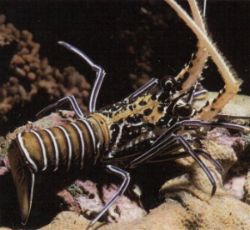 Q) I have limited lighting over my aquarium, although the water quality is high. Is it possible to keep invertebrates that do not require high intensity lighting?
Q) I have limited lighting over my aquarium, although the water quality is high. Is it possible to keep invertebrates that do not require high intensity lighting?
The Role Of Zooxanthellae
The vast majority of reef-building invertebrates, anemones and clams, possess symbiotic algae called zooxanthellae within their tissues. This relationship between plant and animal is crucial to the survival of both. In the tropical latitudes where most of these creatures live, the sunlight is intense, the water clear, and cloudy days very rare. Under these conditions, zooxanthellae flourish and supply their host corals with oxygen and nutrients they cannot otherwise generate themselves. In return, the corals furnish the algae with a safe home and carbon dioxide. Denying the quality and quantity of sunlight harms the algae, not the animal, but as the two are inextricably linked, both are ultimately affected.
Colour Clues 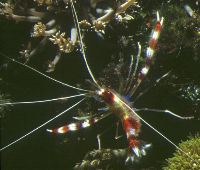
In taking full advantage of the light available, zooxanthellae has the ability to impart a distinct hue to the tissues. These colours are not random but connected to the species requirements and the depth of water in which the invertebrates find themselves. Brown is a very common zooxanthellae colour, as is green and blue. Most light-dependant invertebrates can be identified because they exhibit these colours. Red, purple and yellow, on the other hand, are colours not typically associated with zooxanthellae and it may be safely assumed that animals displaying these hues do not play host to symbiotic algae but acquire their nutrition by other means.
Species
Many marinists will be surprised at the considerable number of invertebrates that are not dependant on high intensity lighting to survive. However, a significant number are able to sense light (or its absence) in order to govern feeding or other behaviour, so denying them of all illumination could present a problem. The following families include all, or a reasonable constituent number that have very low light requirements. As always, investigate any proposed species well in advance to confirm their needs:-
Many Sponges, 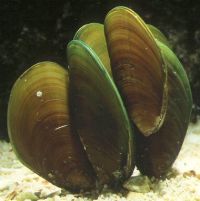
Many Gorgonians,
Tubeworms,
Shrimps,
crabs,
lobsters & barnacles,
Many bivalves (incl. Mussels) Sea Slugs,
Cowries,
Starfish,
Brittle Stars,
Basket Stars & Sea Lillies,
Yellow Sponge,
Sea Urchins,
Sea Squirts,
Sea Cucumbers,
Octopuses,
Lobsters,
Sun Corals,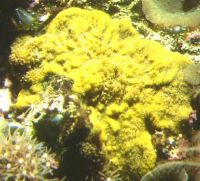
Marine Worms,
Barnacles,
Sea Squirts,
Cuttlefish,
Nautilus.
In addition, some of the following will often thrive under moderate lighting conditions:
Star Polyps,
Mushroom Colonies,
Soft Corals, Sea Pens.
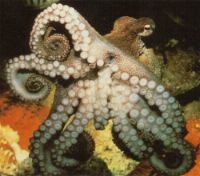 Other Benefits
Other Benefits
Inexperienced marinists often begin their fishkeeping career with a less than perfect aquarium. It usually consists of an 'all-in-one' set up that cannot be easily expanded. Restrictions to one or two fluorescent tubes is commonplace. In cases such as these, care in choosing the right livestock can be a boon. By avoiding species like hard corals, anemones and the like, newcomers can often devise an attractive an fulfilling showtank without the need to dismantle and install extra lighting. Couple with this the savings on extra hardware, electricity and the reduced likelihood of water overheating due to intense lighting and the overall advantages are plain to see.
Warning 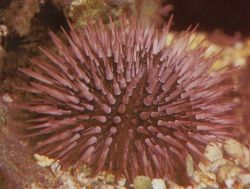
As a final point to remember, It must be stressed that just because an animal requires little in the way of illumination, that has no bearing on how easy it is to keep overall. Some invertebrates can be kept in almost total darkness, but their feeding requirements are complicated and well beyond the resources of most marinists. The golden rule, as ever, is to research the needs of each animal BEFORE purchasing.
© Nick Dakin. May not be reproduced in part, or whole, without permission.
·

